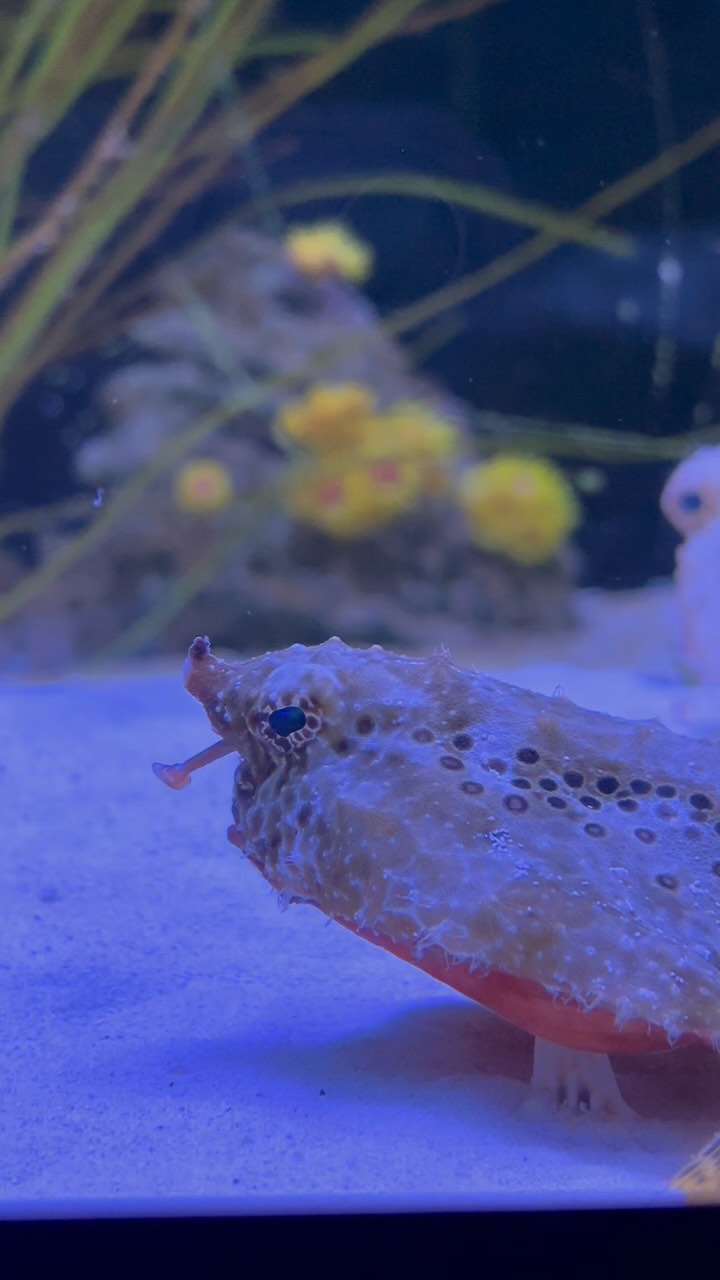- The anatomy and function of the bump on a batfish’s head.
- Evolutionary significance and adaptation of the modified dorsal spine.
- Hunting tactics and predatory behavior of walking batfish.
- Conservation concerns for batfish and their habitats.
- The role of batfish in marine ecosystems and biodiversity.
Walking batfish are fascinating creatures that intrigue both marine biologists and wildlife enthusiasts alike. With their intriguing adaptations, they stand out in the diverse ocean habitat. The most distinct feature of these marine wonders is the bump on their head, which serves as a remarkable evolutionary device for survival. This article aims to shed light on the batfish’s adaptations, behaviors, and ecological significance.
The walking batfish’s bump, located conspicuously between its eyes, is not merely an ornamental feature. It functions as a fishing lure, an evolutionary adaptation tailored for hunting efficiency. This modified dorsal spine mimics the motion of small prey or marine organisms. The batfish carefully moves the lure to attract unsuspecting prey, such as small fish and crustaceans. This behavior underscores the importance of their anatomical structure in facilitating survival in their natural habitat.
Understanding the anatomical functionality of this peculiar feature begins with looking at the specialized parts that comprise it. The modified dorsal spine is equipped with an illicium, a rod-like structure that supports the fleshy esca at its tip. The esca can appear worm-like and is an ideal attractant for creatures prone to visual deception in the dim oceanic environment. The batfish exercises careful control over this lure, displaying an impressive degree of precision and finesse to mimic more plausible aquatic movements. This level of adaptability showcases evolutionary ingenuity within the animal kingdom.
The evolutionary significance of the batfish’s bump and lure is deeply rooted in the fish’s need to secure food effectively while conserving energy. This predatory mechanism reduces the need for extensive movement by allowing the batfish to remain stationary on the ocean floor. By reducing energy expenditure, these fish adapt to a lifestyle that maximizes feeding efficiency in an environment where food availability can be unpredictable. The development of this adaptation highlights the complex relationship between a species’ physical traits and their survival strategies.
Beyond their physical attributes, the hunting tactics of walking batfish display a blend of patience and precision. Once a suitable prey is within reach, the batfish executes a swift ambush, relying on both surprise and speed to capture its meal. This ambush strategy is consistent with other anglerfish but presents itself in a unique manner in the batfish. There is no frantic chase or display of aggression; instead, it’s the quiet, deliberate act of trickery that leads to successful predation.
Conservation concerns are a growing reality for numerous marine species, including batfish. Human activities, such as habitat destruction due to coastal development and pollution, pose significant threats to their natural environments. Additionally, climate change and ocean acidification contribute to the disruption of marine ecosystems, endangering the delicate balance necessary for the survival of species like the batfish. Efforts to conserve these fish must address both local and global challenges, requiring coordinated efforts from governments, environmental organizations, and the scientific community.
Batfish play a critical role in their ecosystems, influencing both the structure and function of the marine food web. As predators, they help maintain the population balance of their prey species, contributing to the overall health of their habitat. This regulatory function emphasizes the importance of preserving batfish populations and their environments. Protecting these creatures is instrumental in maintaining biodiversity and supporting sustainable marine ecosystems.
In conclusion, the bump on a batfish’s head is a masterstroke of evolutionary adaptation designed to enhance predatory efficiency and energy conservation. With their specialized anatomical features, walking batfish exemplify the intricate interconnectedness between form and function in the natural world. As ambassadors of marine diversity, they remind us of the need to protect and value the complex network of life that thrives beneath the waves. Ensuring their survival is not just a matter of preserving an individual species but safeguarding the integrity of marine ecosystems for future generations.
*****
Source Description
The bump on a batfish’s head isn’t just for looks—it’s actually a built-in fishing lure! 🎣🐟
Our walking batfish are a unique type of anglerfish with a modified dorsal spine between their eyes, designed to trick their prey. These stealthy fish stay perfectly still, wiggling their lure to imitate tiny creatures. But the moment an unsuspecting snack gets too close—BAM! The batfish makes its move! ⚡️
Now that’s what we call a “reel” clever catch!🐠

